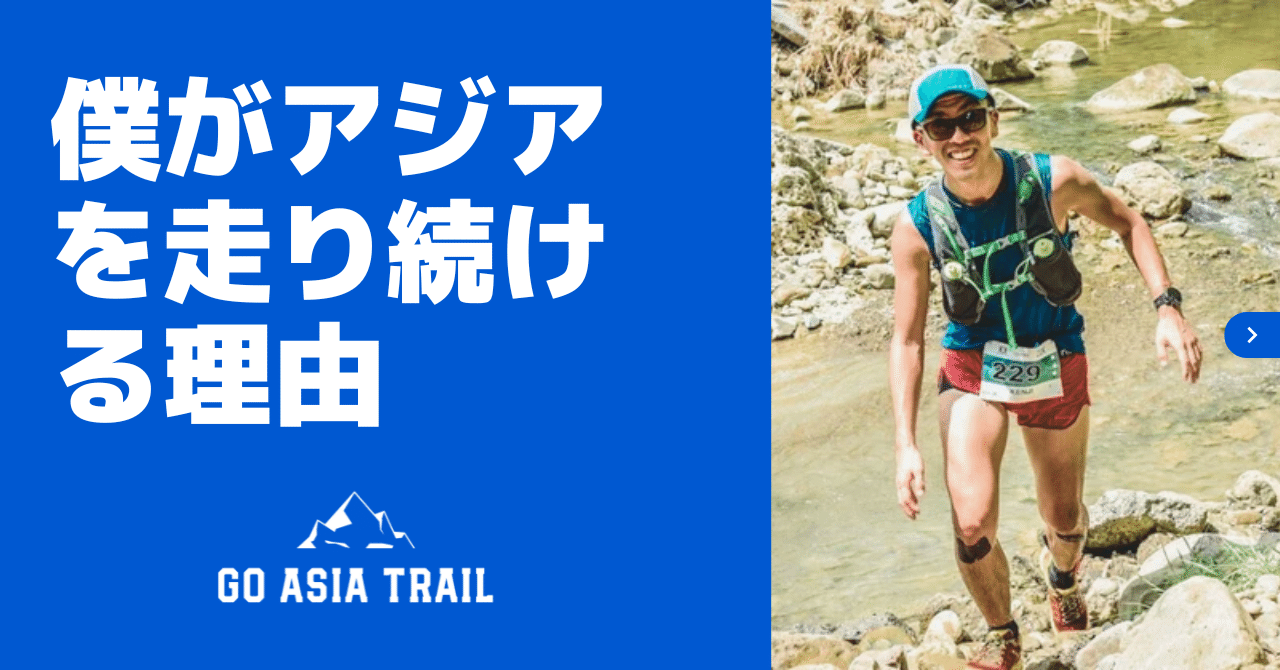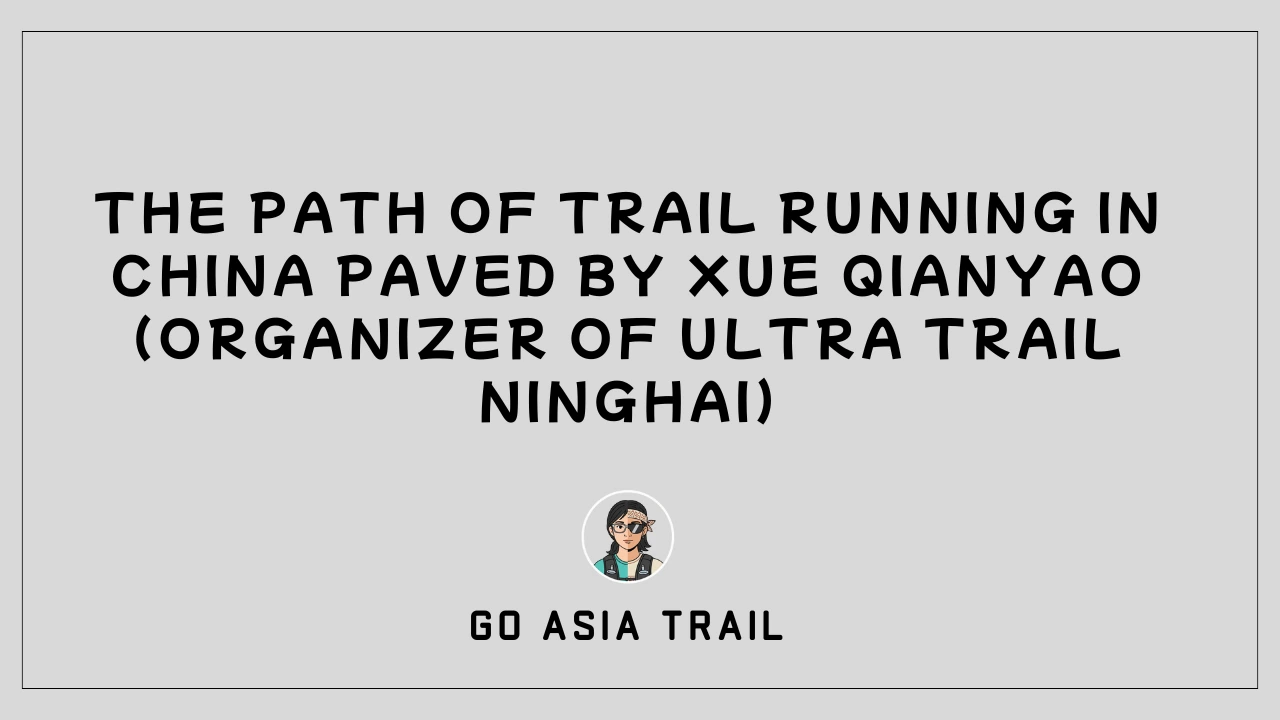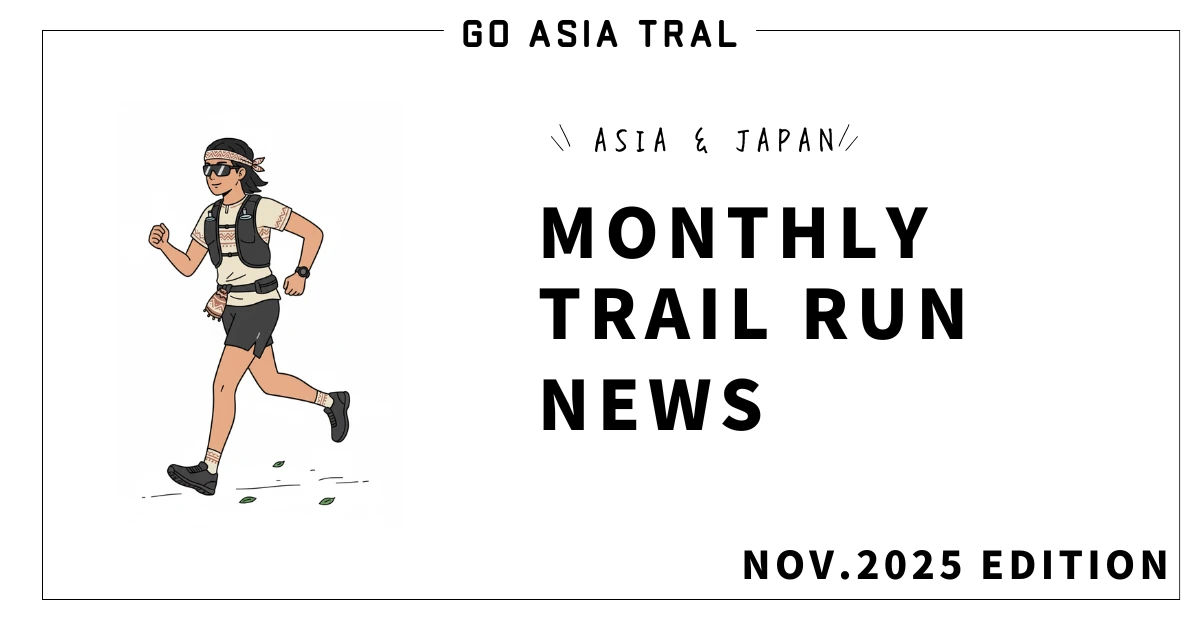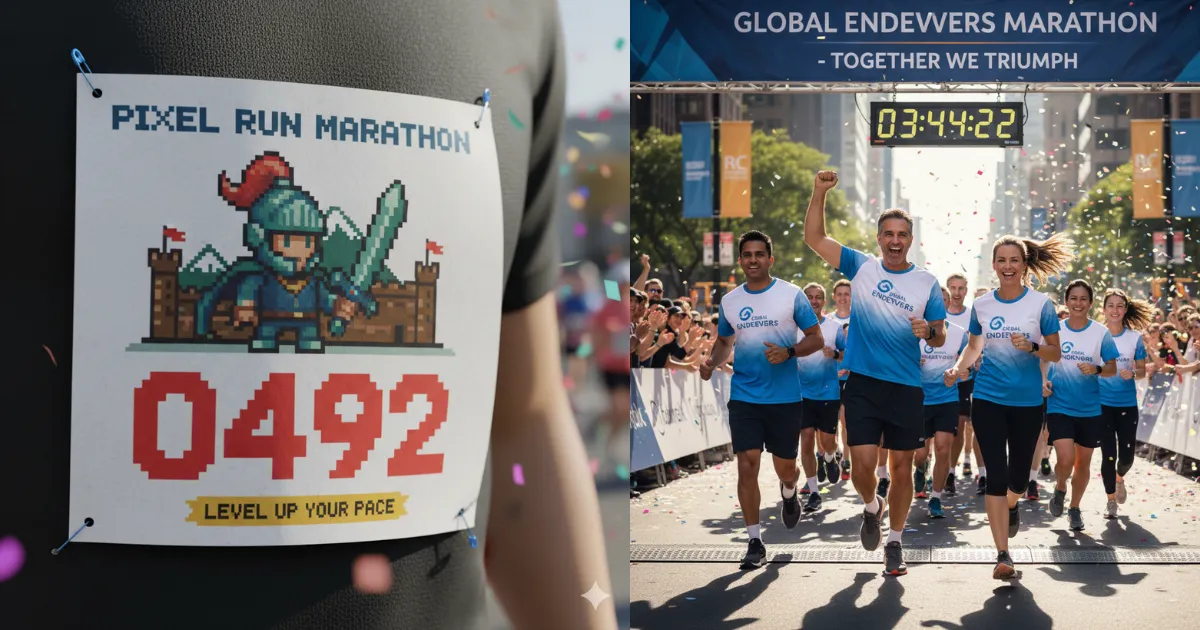The following Yahoo article inspired me to describe this article. The main character of this article, Yuri Suzuki, calls himself an "overseas marathon collector," so I guess I am like an "Asian trail version" of him.
https://news.yahoo.co.jp/articles/6baa79f718bc6184d81f84ec4ccc3801b1c5fba8
How I started running in Asia
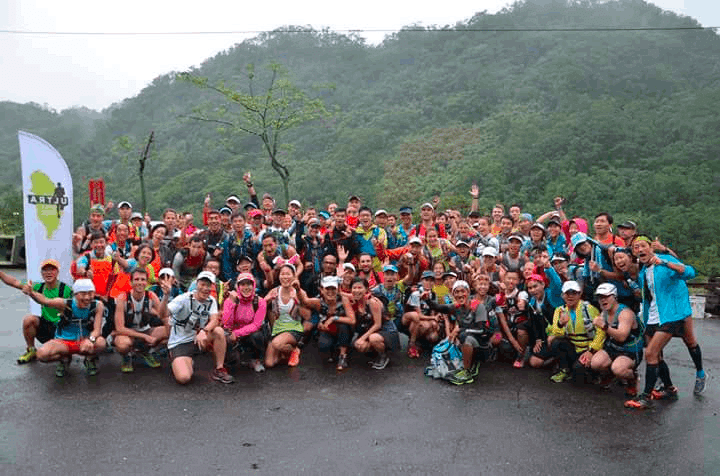
I have been trail running since around 2009, but my first overseas trail run was in Taiwan in October 2015.
I wanted to run overseas because a friend of mine ran the UTMB (Ultra-Trail Du Mont-Blanc, France), the world's highest trail running race, and told me about its appeal. At that time, it was too time-consuming to travel to Europe or the United States out of the blue, so I searched for a nearby Asian country to start with, and found Taiwan.
At first, I entered a race called "ULTRA TAIWAN" near Taipei, but the race itself was cancelled due to a collapsed course caused by a typhoon a few months ago. However, the organizer offered me the chance to run the event at another location in Taiwan since I had entered the race, so I decided to go.
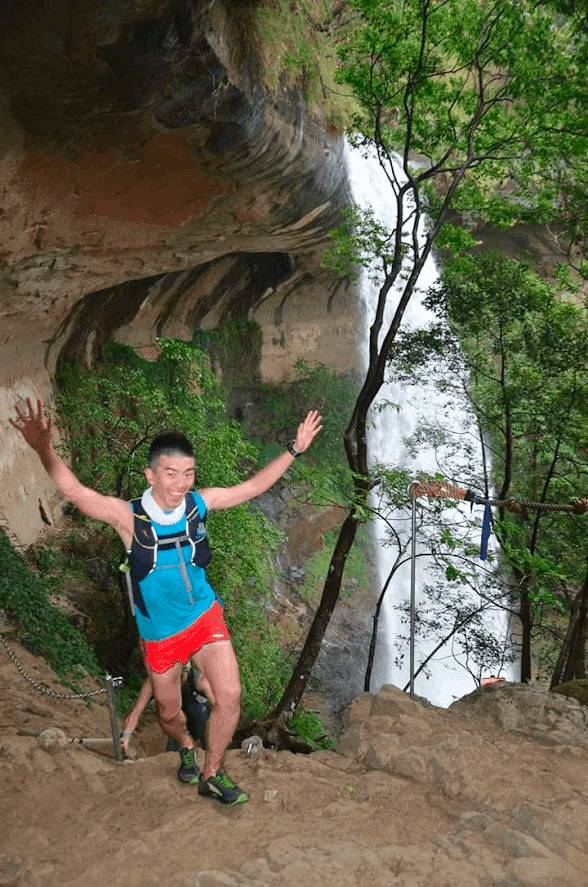
This was the first time for me to go to Taiwan, so I was excited but also anxious to run in the mountains overseas. However, when I actually went there, I enjoyed it so much and fell in love with the charm of Taiwan that I have been going there frequently since then.
The atmosphere of the trails in Taiwan was similar to that of the Japanese archipelago, but the appeal of running with people who did not speak Japanese there, and the Chinese-style buildings in some places, was a good stimulus.
From here, I will run in Hong Kong, Korea, China, and the mountains of Switzerland.
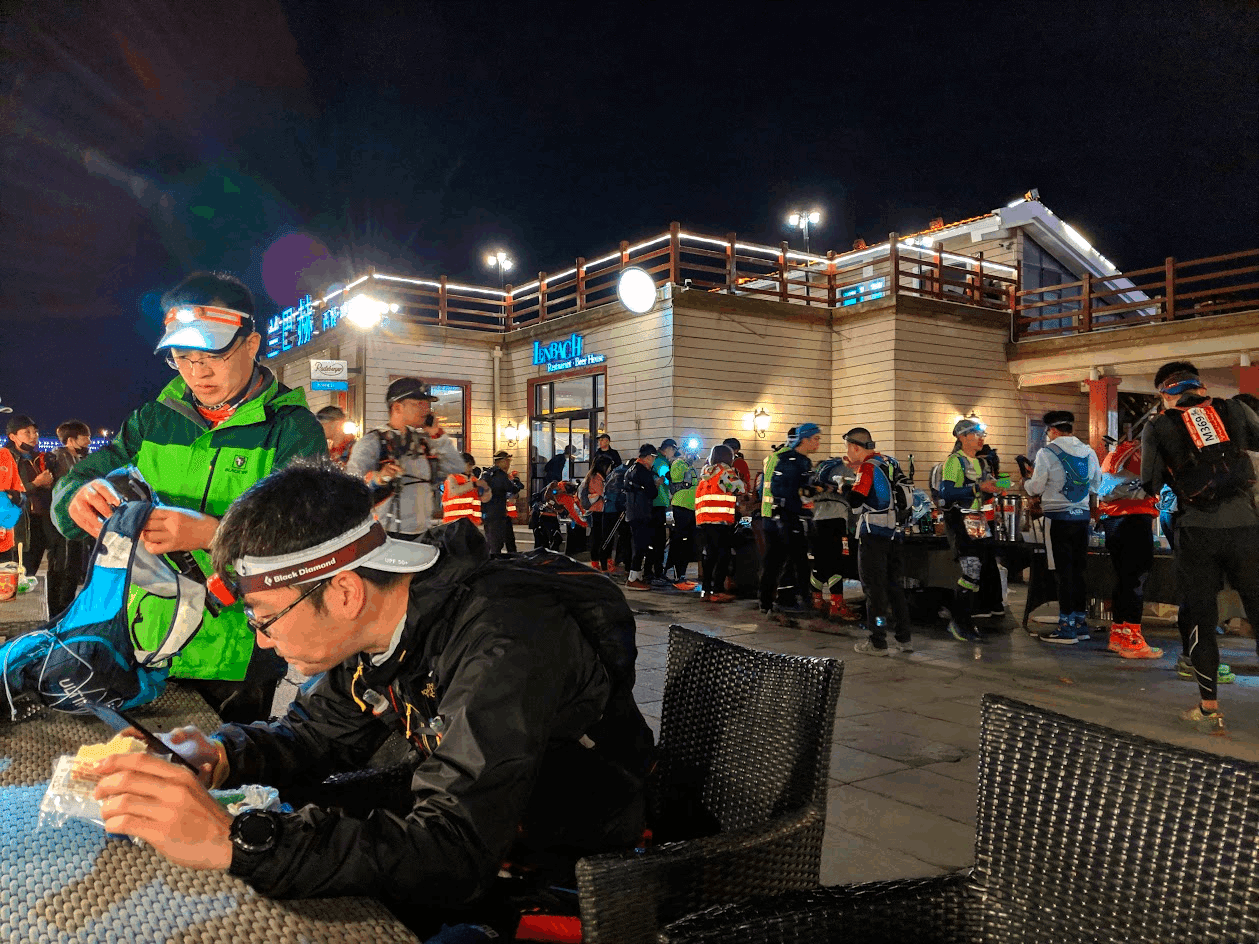
I had planned to go to Southeast Asia after 2020, but due to an infectious disease, I was unable to travel there.
Differences between Japanese and foreign trail runners
Japanese are more competition oriented and are obsessed with numbers.
As Yuri Suzuki writes in his article, "Japanese people are extremely obsessed with running fast," and I think this is true in the trail running world as well.
When I run races in Japan, I feel that the "average running speed is generally high" in a good sense, and "the whole race is rushed" in a bad sense. The time spent at aid stations is also short, and it seems that many people are running quite quietly.
Of course, this changes depending on the race. For example, in what is called a "grass race," the atmosphere is a bit more casual (e.g., Rokko Traverse Cannonball Run ).
In terms of distance, Japanese people also tend to prefer longer distance races. In the trail running world, ultra-long distance events such as 100 km or 100 miles (about 166 km) are popular globally, but the longer the distance, the higher the participation rate of Japanese people.
The table below shows the number of Japanese participants in the 2018 Formosa Trail in Taiwan by distance, and for the longest distance, 104km, 30% of the participants were Japanese. Incidentally, the number of local Taiwanese is about 80.
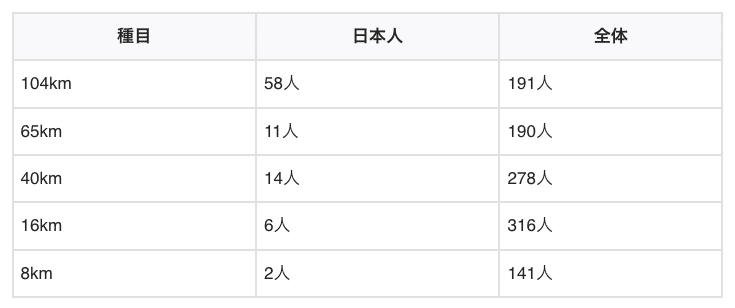
I think that many of the Japanese runners who come all the way overseas to run are rather interested in earning points (*1) to participate in the UTMB. Of course, we often encounter runners who want to run ultra-distance races outside of Japan, regardless of UTMB.
1 For those who are not familiar with the world of trail running, to run the UTMB, the world's most prestigious race, you need to accumulate ITRA points by running races around the world. Also, Ultra-Trail Mt. Fuji, the largest race in Japan, is also qualified for participation based on the number of ITRA points, so some people run for that race.
Many Asian runners run casually.
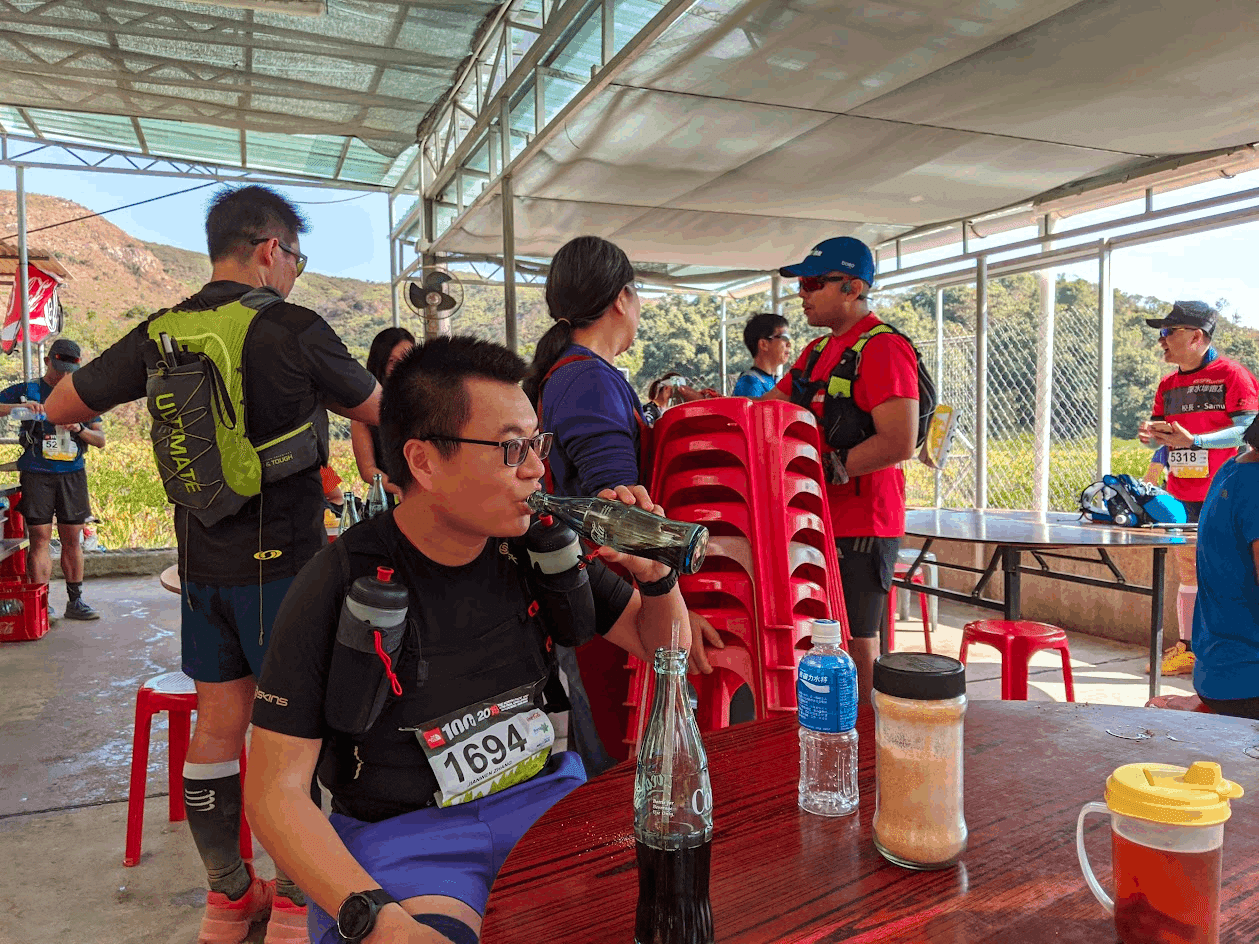
In contrast, trail races in Asia are a bit more casual. Of course, there are some hardcore runners in other countries who are obsessed with finishing times, but many seem to be running for the purpose of finishing the race or just enjoying the event itself (of course, there are also Japanese runners who enjoy running casually).
(Of course, there are also Japanese runners who casually enjoy the event itself.) You can see people running while chatting with friends, or couples holding hands while participating in the race. The latter is something I have honestly never seen in Japanese races.
Also, the time spent at aid stations is relatively long, with people eating and drinking while chatting with friends at aid stations. Since many areas in Asia are hotter than Japan, it is sometimes too hot to restart the race immediately, but the conditions are the same in Japan, as some races are held during the hottest season.
Also, although it depends on the country and region, in Hong Kong races, as long as you have money, you are allowed to refuel at aid stations other than the official race aid stations. For example, if there are stores, small restaurants, or vending machines nearby, everyone can buy a Coke or eat food there. It is interesting to note that the atmosphere in this area is quite relaxed.
The age group is also about 10 years younger in Asia.
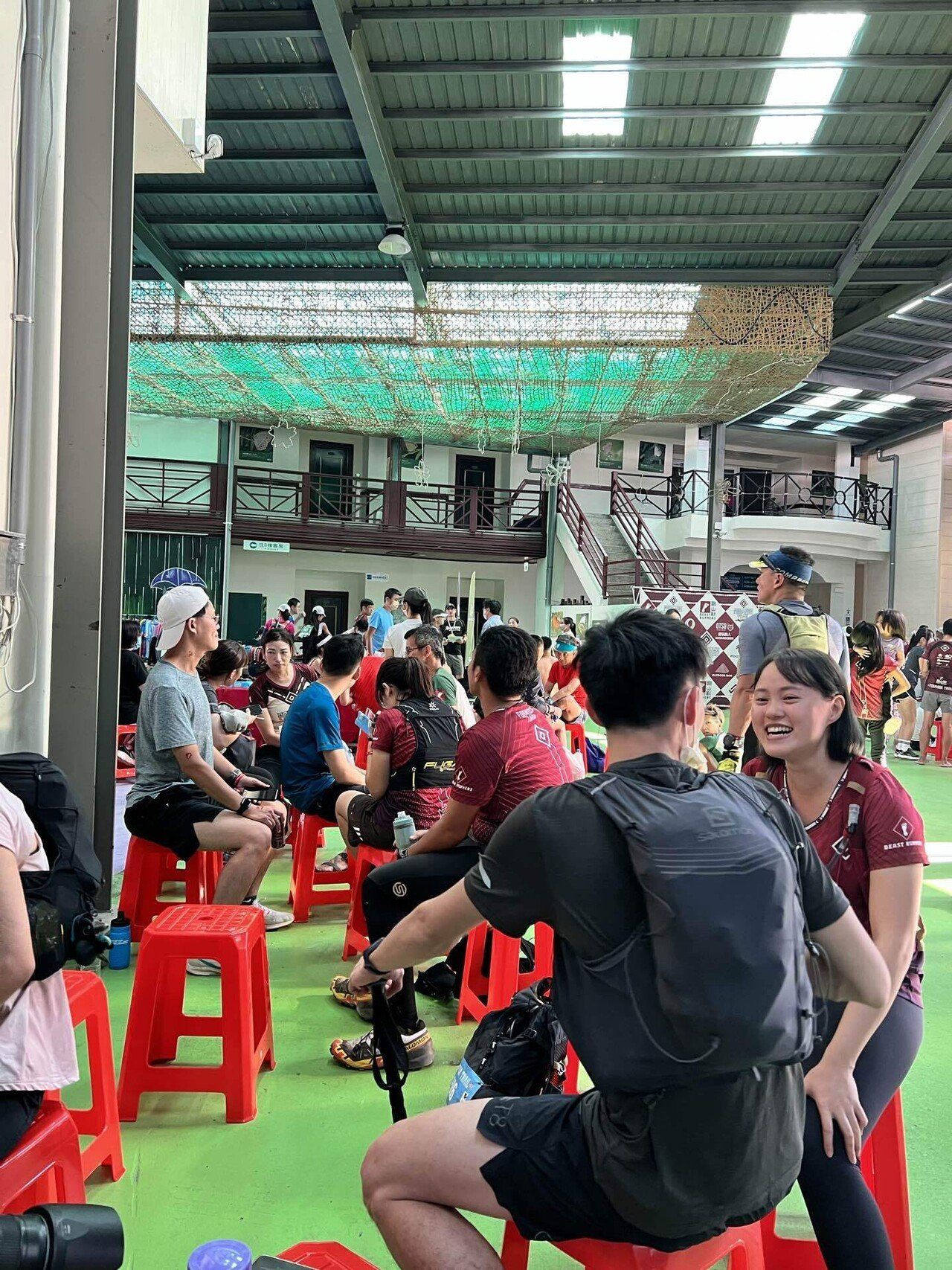
Another characteristic I noticed is the age group. Compared to other sports, the age range for trail running in Japan is relatively high, with most people in their 30s to 50s, and the largest age group is said to be in their 40s. 20-somethings are in the minority, and you do not see many runners in their 20s when running trail races in Japan.
Reference: https://www.jstage.jst.go.jp/article/jila/81/5/81_533/_pdf
In contrast, runners in their 20s are often seen at trail races in Asia. The age range is generally younger than in Japan, and as far as I can tell, the majority of runners are in their late 20s or 30s (my subjective opinion).
Why do I keep running in the mountains of Asia?
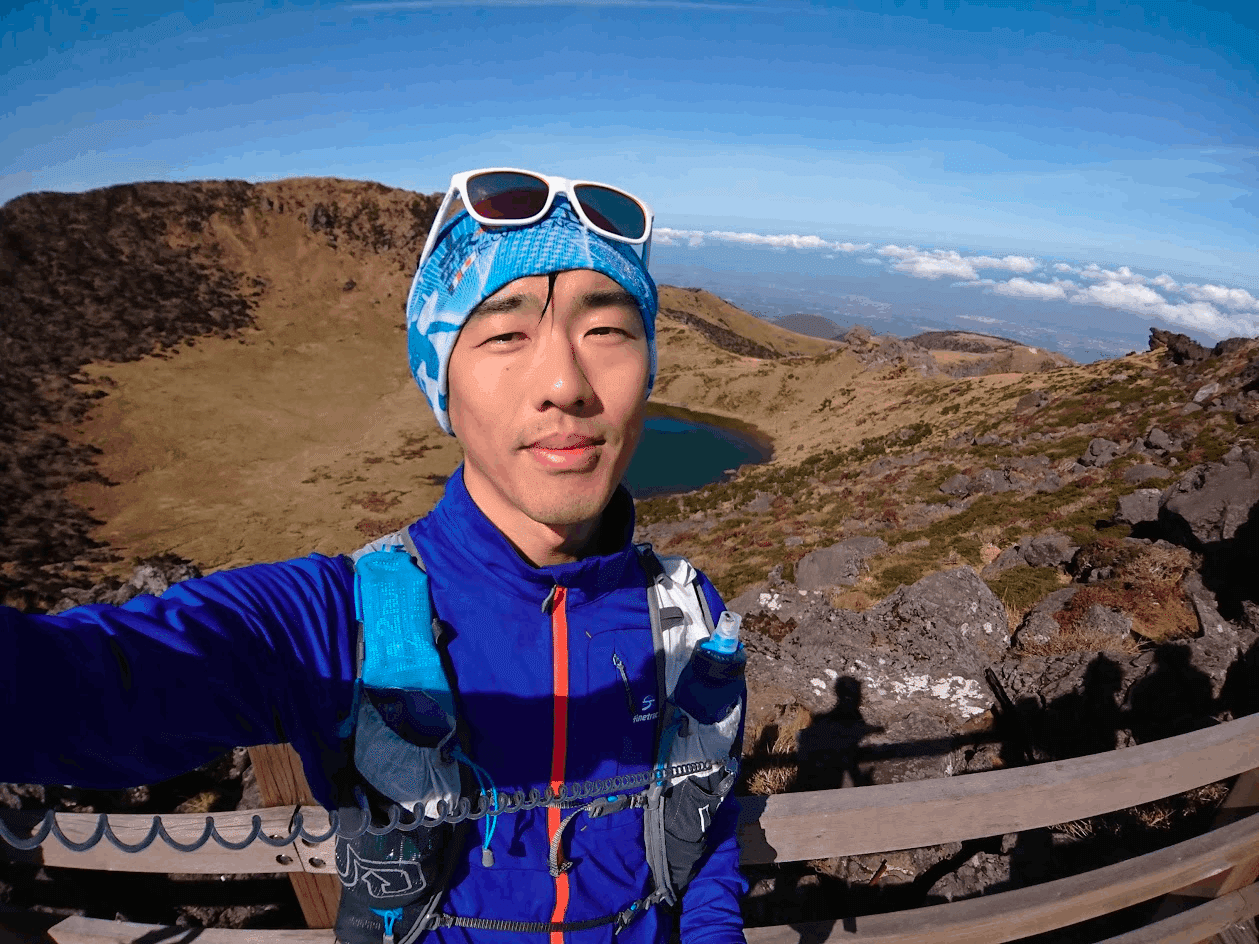
The reason I go all the way to foreign countries to run is that I can run while traveling. I enjoy running as if I were traveling and sightseeing on the way.
I enjoy running while experiencing the culture, customs, cuisine, and cityscapes of the country/region I am running in. Of course, I have run in Japan as well, but when I go abroad, I feel more stimulated because of the different language and culture. It's a great way to experience something out of the ordinary.
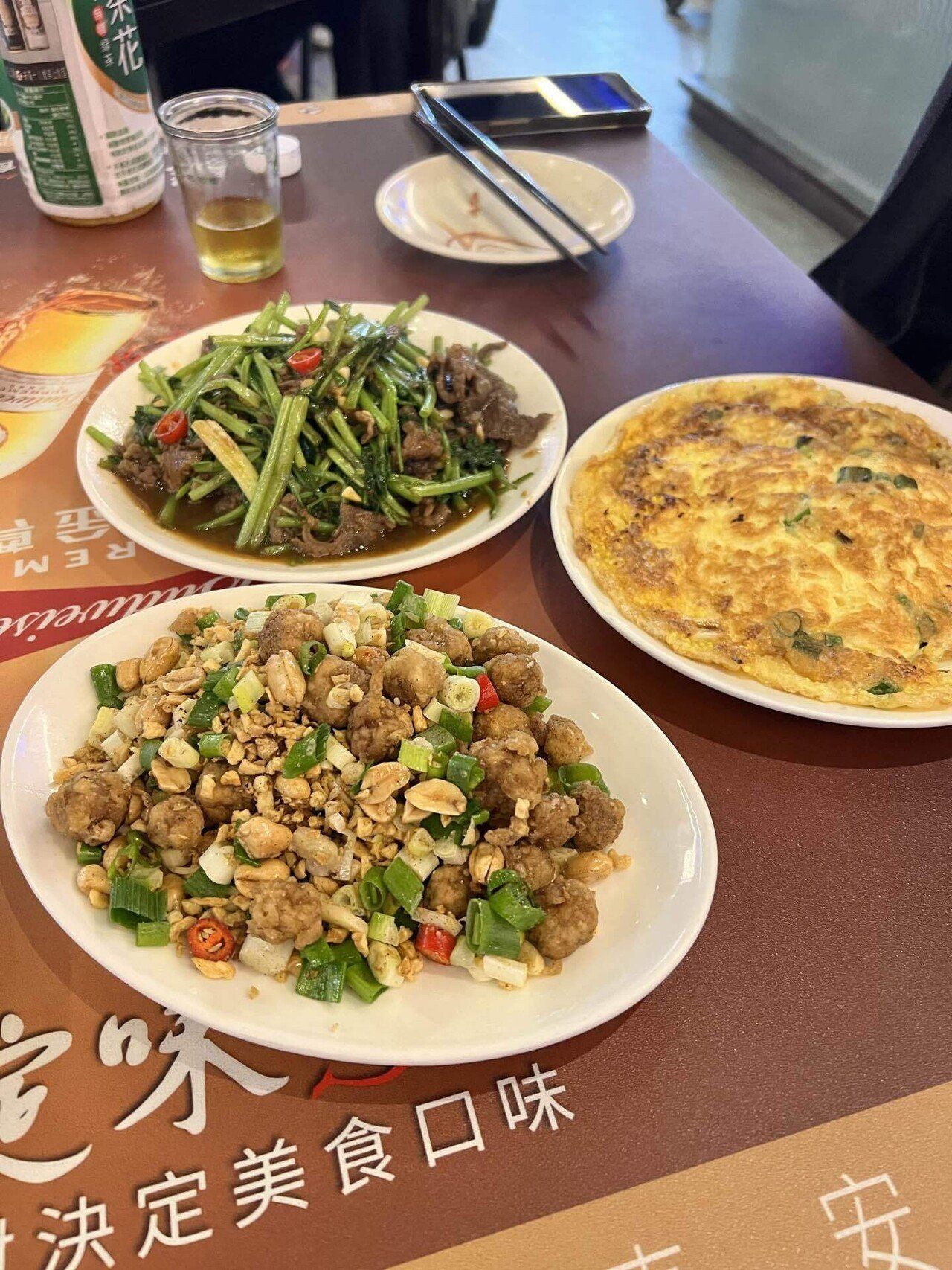
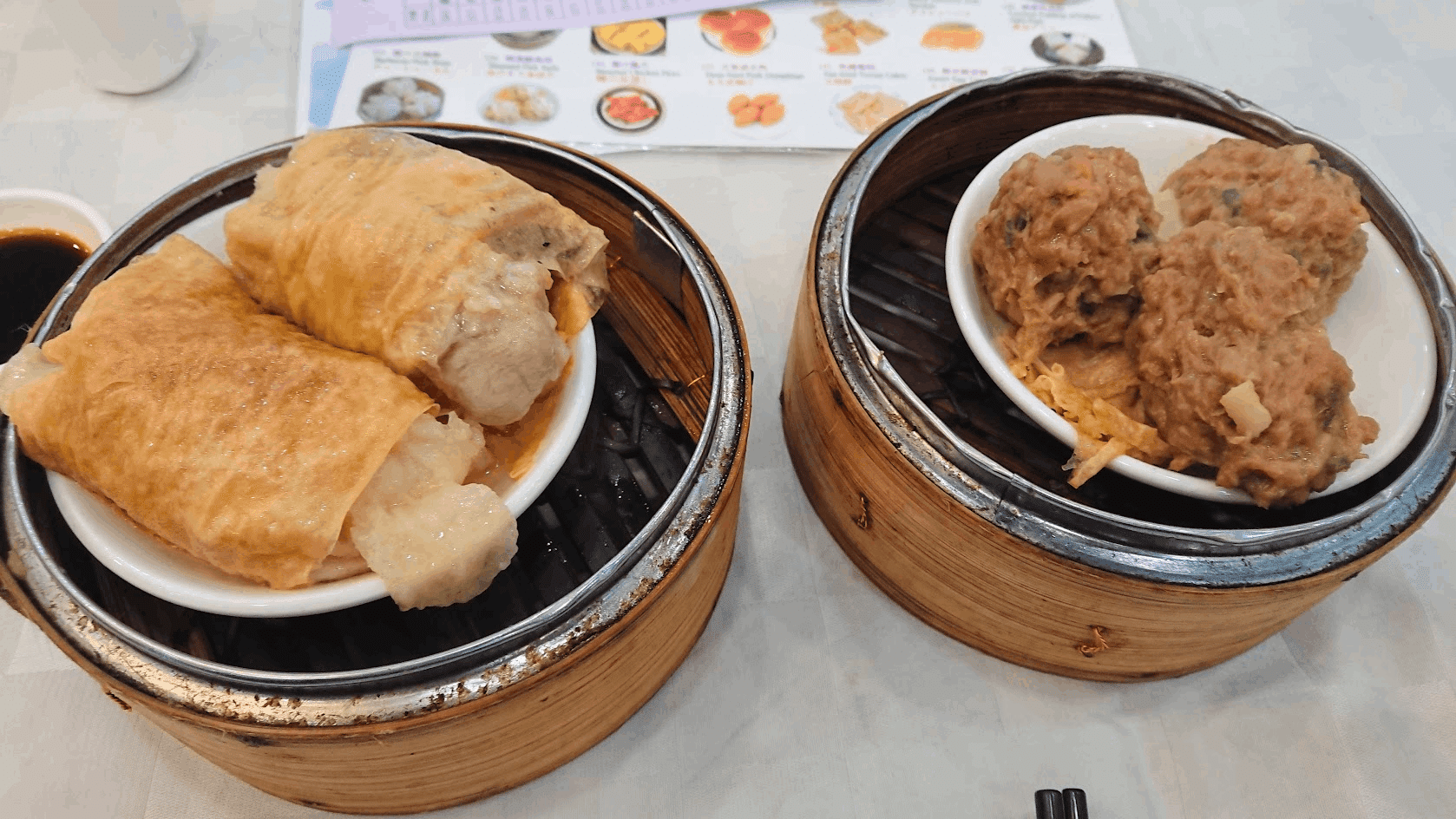
Also, the atmosphere of races in Japan can be very competitive, which is a good way to improve my running ability, but I prefer the more relaxed atmosphere of Asia, so I run in Asia. Since I started running in Asia, I have become less concerned about my times, and I run with the image that if I can run well, the results will come later.
I live in Osaka Prefecture, so access to Asia is one hour shorter than Tokyo. Rather than going from Osaka to Nagano, northern Kanto, or deep in the mountains of Shizuoka, it takes less time to travel to Korea, Taiwan, Hong Kong, or China (around Dalian), and travel costs can be lower than participating in domestic races if you use LCC.
Also, I often make friends with people from overseas. In November 2022, I went to Taiwan for the first time in 3 years, and became friends with local runners. I have made friends with some of the local runners there, and we sometimes get together on Instagram and Strava.
https://www.instagram.com/p/ClKrwd_vF6g/
I felt the need to understand Chinese after the Asian trail races, so I started studying Chinese and gained experience that I can manage to get by with rather broken Chinese.
Running overseas, I can also understand the good points of Japan.
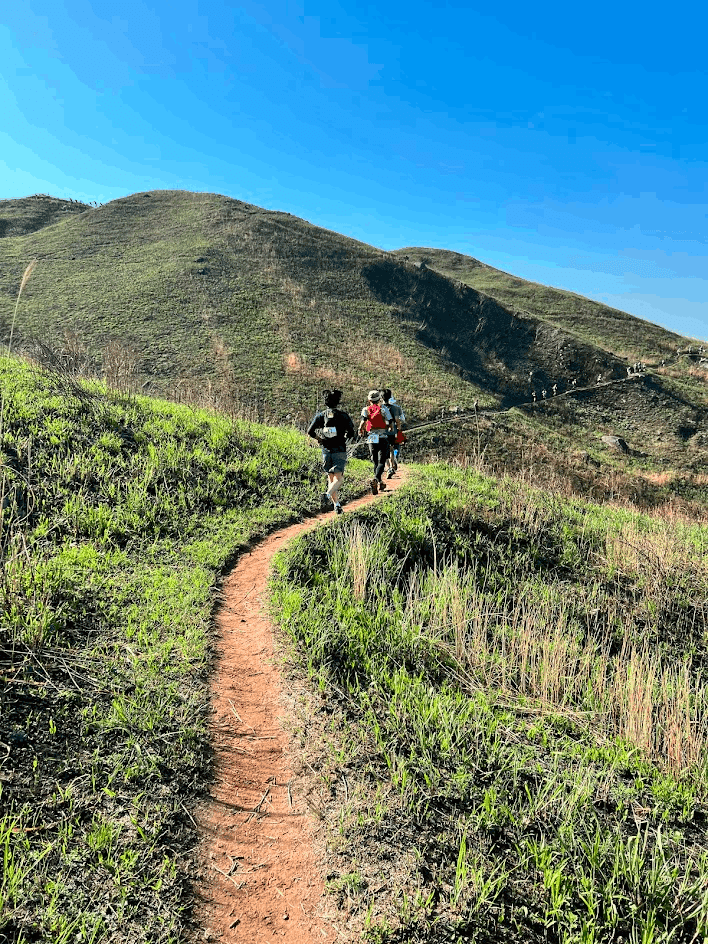
Since I have been running overseas, I have come to recognize the advantages of Japanese trails. If you have been in Japan for a long time, you may take the current situation for granted, but by getting out into the outside world, you will notice the good points of Japan in a new way.
There is no end to the list, but the following are just a few that come to mind.
Trees are thick and you can run in the shade and avoid direct sunlight.
The soil is soft, which reduces the burden on the body (according to overseas runners, it is slippery).
Trails (mountain trails) are better maintained than in other countries.
Toilets are usually available at each aid station (in some Asian countries, there are no toilets).
(In some Asian countries, there are no toilets.) Even if you abandon the race, the organizer will pick you up and take you home.
There are some trails that are considered sacred, such as Shugendo (mountain asceticism) trails.
Four distinct seasons, so you can run mountains in various forms throughout the year (in the south, there is basically no snow and it is hot on average).
There are no stray dogs (you will often encounter stray dogs on trails overseas).
Japan is a country where 70% of the land is mountains, and there are mountains all over the place. Most mountains are covered with trees and are sometimes forests or woodlands. The presence of trees means that you cannot enjoy the scenery, but on the other hand, you can avoid direct sunlight, and even if it rains a little, the trees will protect you. In Japan, this seems to be the norm, but when you go abroad, there are not so many trees in the mountains.
Also, I recently watched the following video by Haruyama-san, founder of Yamap, on NewsPick about Japan's unique mountain culture, and I found myself empathizing with some of the points he makes.
https://www.youtube.com/watch?v=dzD10nTe_xY
To sum up
I would like to say that it has been 8 years since I started running in the mountains of Asia, but since I could not travel for about 3 years from 2020 to fall of 2022 due to an epidemic, it has actually been about 5 years. We resumed our Asian Trail activities in November 2022.
And in fact, yesterday (February 26, 2023), I ran the Osaka Marathon in my hometown. Not only Japanese, but also participants from numerous countries from Taiwan, Hong Kong, Korea, Malaysia, etc. I realized that this spectacle has finally been revived.
In 2023, we will resume our activities in earnest, and we look forward to working with you!
